On the morning of July 21st, AD 365 the Eastern Mediterranean was shaken by an earthquake that is generally believed to be the strongest recorded earthquake in the Mediterranean. It probably originated around Crete, Greece and was followed by a tsunami that hit the Mediterranean coastlines causing many deaths. In Alexandria, tsunami devastation was so severe that the day of the event was commemorated as the "day of horror" for centuries after the event.
The earthquake was strong enough to lift parts of Crete by several meters. This upheaval of the island left behind fossil shorelines, which Richard Ott, a scientist at the GFZ German Research Centre for Geosciences, and colleagues studied to reconstruct the event. The new study published in AGU Advances used radiocarbon dating to understand when and how much shorelines on Crete were uplifted and utilized this information to model the source of the earthquakes and tsunamis. Understanding which fault, a fracture in the Earth's crust, the earthquake originated on is important to understanding the hazard of earthquakes and tsunamis in the Mediterranean.
Uplift of Crete and fossil shorelines
A hint to the enormous forces that uplifted Crete can be found at the ruins of the ancient harbor town in Phalasarna in western Crete. People visiting today can explore a beautiful, perfectly preserved wharf of the Roman time harbor. However, this wharf is now several hundred meters away from the sea and approximately seven meters above sea level.
There is another peculiar phenomenon in western Crete. Something that looks like a notch is recognizable in the coastal cliffs running parallel to the sea. This notch is what scientists call a fossil shoreline and marks where sea level used to be in the past. It is now found up to 9 meters above sea level in western Crete.
When did the uplift occur?
In the new study, Ott and his colleagues refined the dating of this fossil shoreline and compared the data from many samples to historical records of earthquakes by ancient writers. Radiocarbon analysis of fossils below this fossil shoreline of western Crete helped to determine when the island's upheaval occurred. Ott and his team collected fossil samples of vermetids (Dendropoma sp.) and corals (Balanophyllia sp.) from at and below the Krios paleoshoreline at eight different sites in western Crete. Shells and skeletons from these dead marine organisms, mark when the uplift occurred because they died when the earthquake lifted them above sea level.
The team of scientist found that this fossil shoreline was probably not uplifted by up to 9 m in one big earthquake, but rather by a series of strong earthquakes around the island of Crete in the first centuries AD. Ott's finding is consistent with archaeological investigations suggesting that the ancient harbor in Phalasarna was already abandoned after an earthquake in AD 66.
In contrast to previous studies, the team finds that normal faults likely are responsible for this earthquake sequence. Normal faults are a certain type of fracture in the Earth's crust that occur when Earth's crust is being pulled apart or extended. The scientists model the propagation of tsunamis from earthquakes on these normal faults and find that their new type of model can well explain the tsunami report from Alexandria by Ammianus Marcellinus, a historic writer. These findings suggest that earthquakes on such normal faults are probably a common tsunami trigger in the Mediterranean.
The authors estimate that the size of the earthquake in AD 365 was below Mw 8, which is lower than previous Mw 8.3-8.5 estimates. However, the study highlights that there is a risk of strong earthquakes in the Eastern Mediterranean and that locals and tourists should be educated on how to act in the event of a tsunami.
Original study:
Richard F. Ott, Karl W. Wegmann, Sean F. Gallen, Frank J. Pazzaglia, Mark T. Brandon, Kosuke Ueda, Charalampos Fassoulas (2021): Reassessing Eastern Mediterranean tectonics and earthquake hazard from the AD 365 earthquake. AGU advances. Link: https://agupubs.onlinelibrary.wiley.com/doi/full/10.1029/2020AV000315
Scientific contact:
Dr. Richard Ott
Earth Surface Geochemistry
Telegrafenberg
14473 Potsdam
Phone: +49 331 288-28601
Email: richard.ott@gfz-potsdam.de
Media contact:
Dr. Uta Deffke
Public and Media Relations
Helmholtz Centre Potsdam
GFZ German Research Centre for Geosciences
Telegrafenberg
14473 Potsdam
Phone: +49 331 288-1049
Email: uta.deffke@gfz-potsdam.de


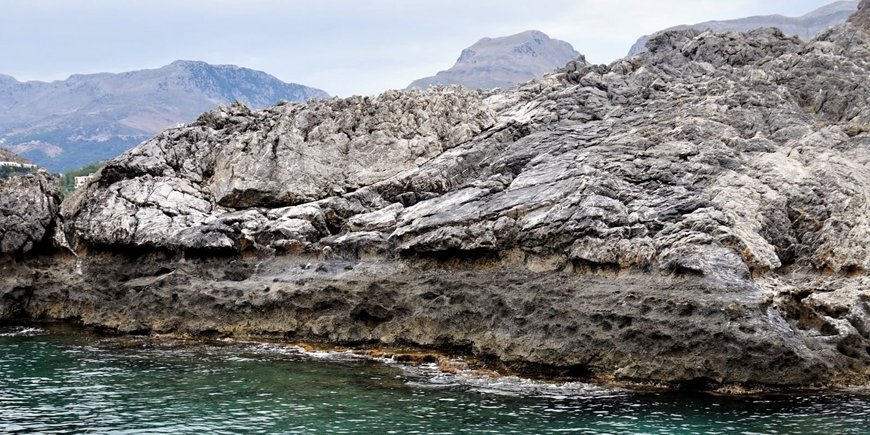
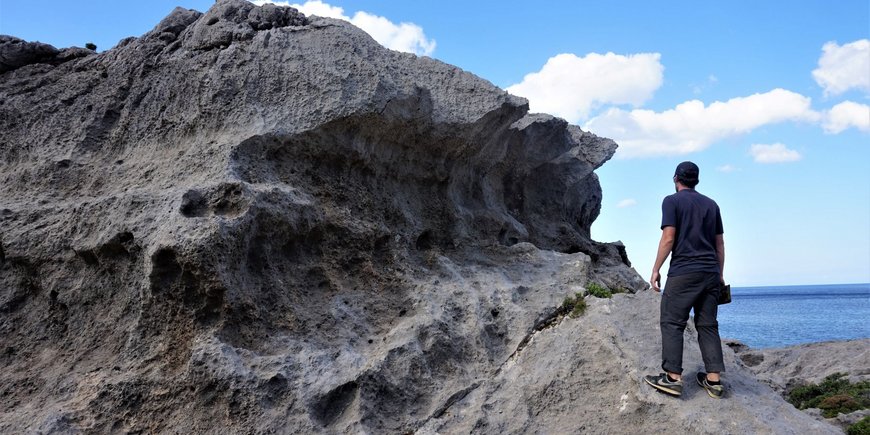
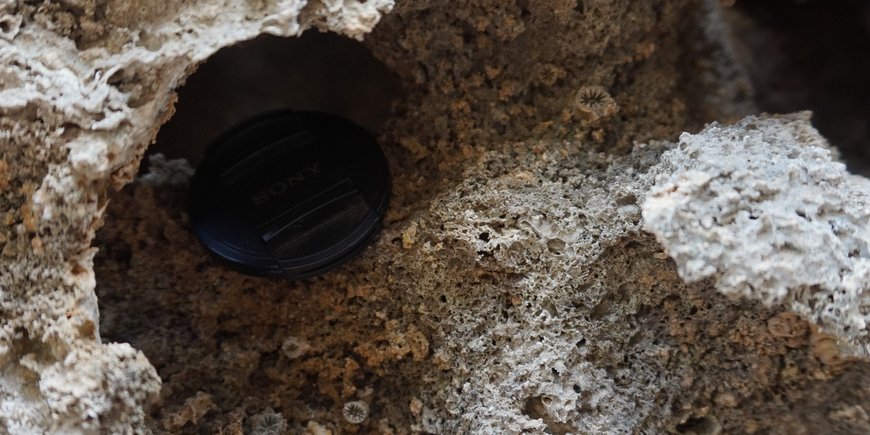
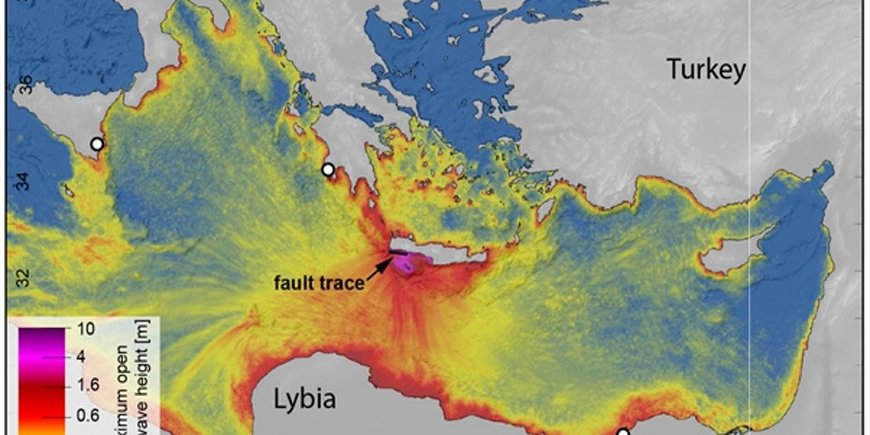
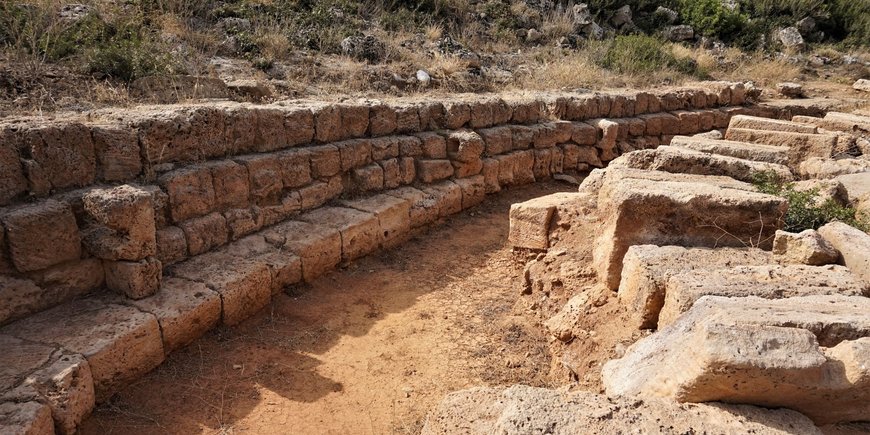
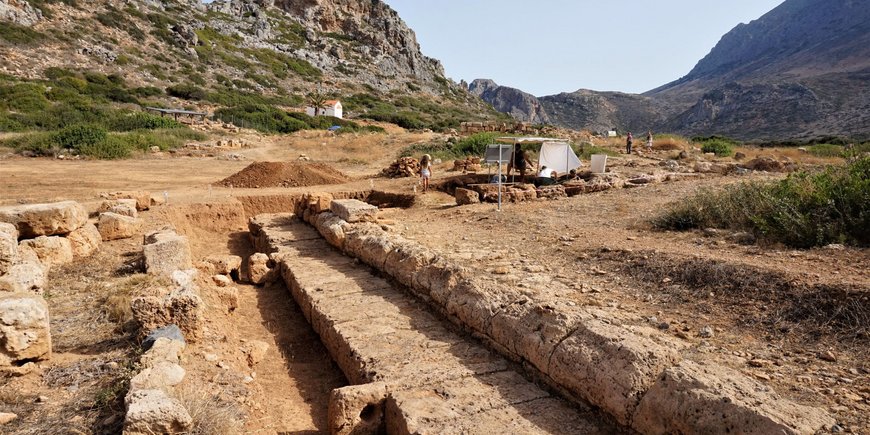





![[Translate to English:] Torsten Sachs in front of a climate station on a field](/fileadmin/_processed_/3/9/csm__TorstenSachs_bearbeitet_GS_4a1365ef84.jpeg)

![[Translate to English:] left image flood at the Ahrtal: image from above, several houses are flooded; left image:: Heidi Kreibich;](/fileadmin/_processed_/4/4/csm_Bild2_9af0130e9f.png)



![[Translate to English:] Start der Vega Rakete](/fileadmin/_processed_/6/4/csm_20231201-kachel_Vega-VV23-launch_ESA-CNES-Arianespace_706716b68c.jpeg)









![[Translate to English:] Poster exhibition at the Brandenburg Hydrogen Day at the GFZ, some participants in the foreground](/fileadmin/_processed_/6/5/csm_Erster_Brandenburgischer_Wasserstofftag_GFZ_402fcec95e.jpeg)
![[Translate to English:] Group picture of the participants](/fileadmin/_processed_/9/4/csm_20231108_CAWa-Workshop-Tashkent_Gruppenbild_99ea779d8a.jpeg)

![[Translate to English:] [Translate to English:] Hörsaal](/fileadmin/_processed_/e/6/csm_H%C3%B6rsal_e21ac645fb.jpeg)


![[Translate to English:] The Delegations in the Historic Library on the Telegrafenberg. In the back there are from left to right, the Dutch Ambassador for Germany, Ronald van Roeden, the Dutch Minister for Education, Culture and Science, Robbert Dijkgraaf and the scientific director of the GFZ, Susanne Buiter.](/fileadmin/_processed_/d/b/csm_Kachel-2_9eba4b4212.jpeg)

